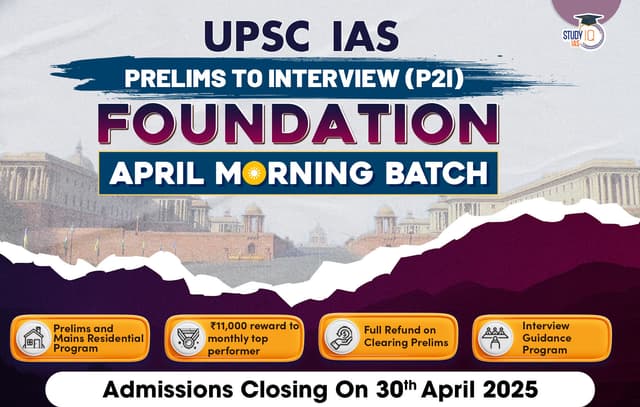Context: Climate change and pollution from slaughterhouses and shrimp peeling sheds are choking the ecosystem of the Vembanad Lake.
About Vembanad Lake
- It is located in Kerala bounded by the districts of Alappuzha, Kottayam and Ernakulam.
- It is the 2nd largest wetland in India and was declared a Ramsar site in 2002. (1st – Sunderbans)
- A Ramsar Site is a wetland that has been declared an ecological area of international importance under the Ramsar Convention on Wetlands, also known as the ‘Convention of Wetlands’.
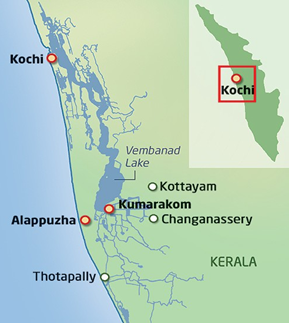
- The lake has its source in 4 rivers:
- Meenachil,
- Achankovil,
- Pampa and
- Manimala
- Vembanad is the longest lake in India (96.5 km) & largest lake of Kerala.
- The famous Nehru Trophy Boat Race is held in Vembanad Lake.
- Kumarakom Bird Sanctuary is located on the east coast of the lake.
- Kuttanad, the rice bowl of Kerala, is located in the southern portion of the lake.
- Local names of the lake: Vembanad Kayal, Vembanad Kol, Punnamada Lake etc.
Threats to the Lake
- Pollution: The lake is affected by microplastic pollution from sewage canals, rivers and run-off. It also receives nutrient discharge from urban settlements and pesticide residue from rice polders.
- Land Reclamation: The lake has lost 37% of its original area due to land reclamation.
- Coconut husk retting: Coconut husk retting deteriorates the water quality.
- Tourism: Resorts and residences discharge their waste into the river, and many houseboats do not have bio-toilets.
| Facts |
|

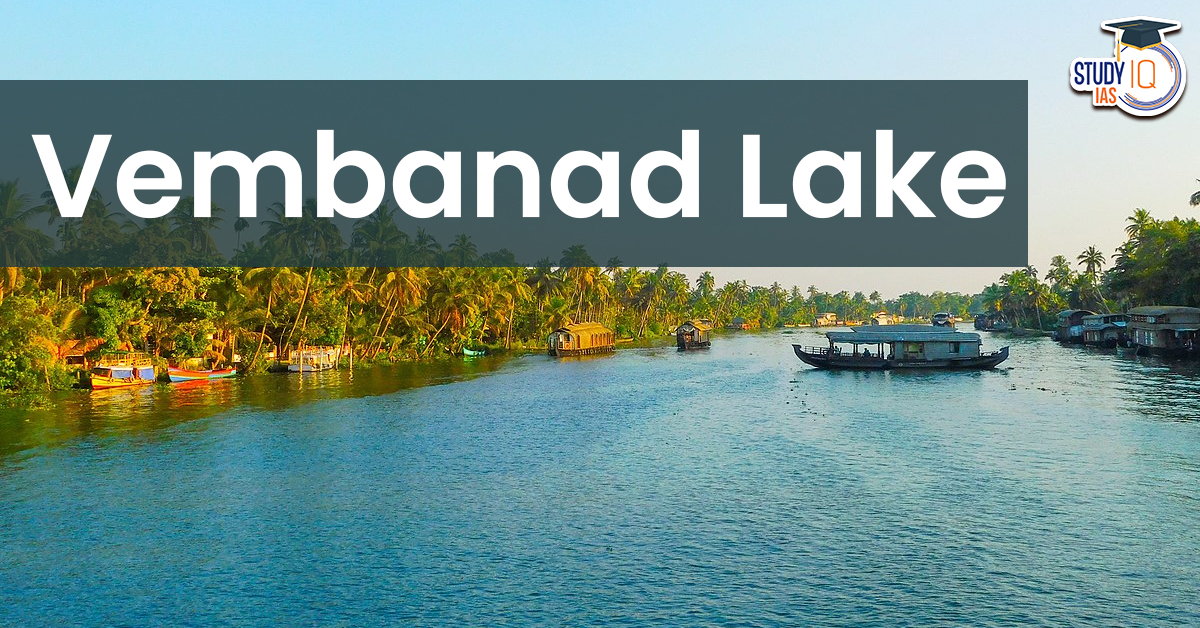
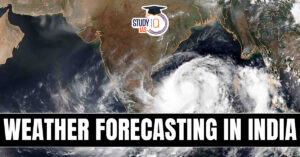 Use of AI in Weather Forecasting in Indi...
Use of AI in Weather Forecasting in Indi...
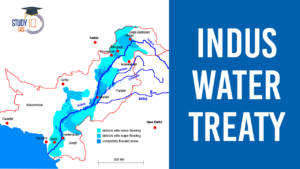 Cabinet Committee on Security Suspends I...
Cabinet Committee on Security Suspends I...
 Places in News for UPSC 2025 for Prelims...
Places in News for UPSC 2025 for Prelims...

